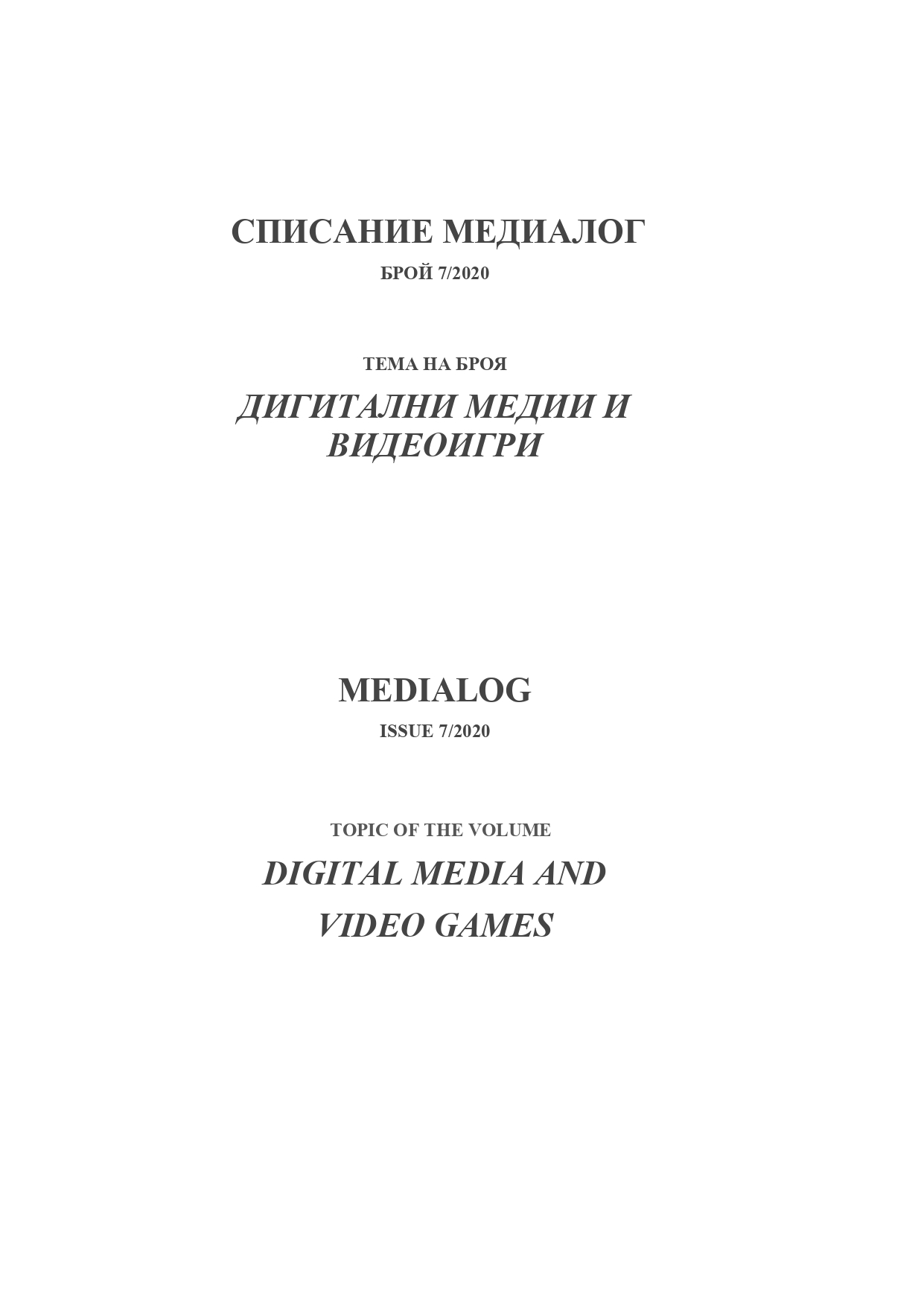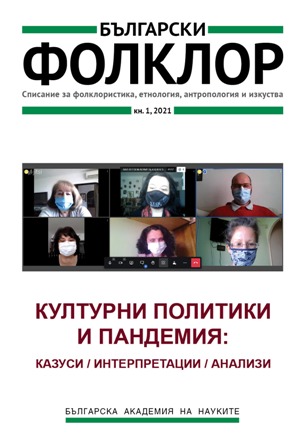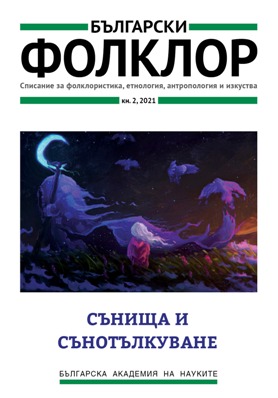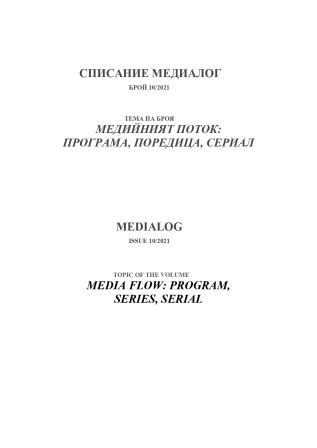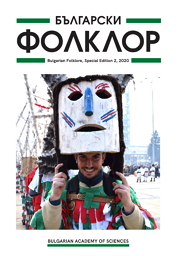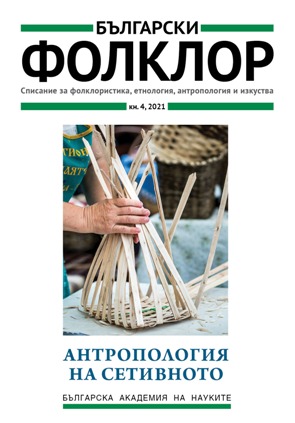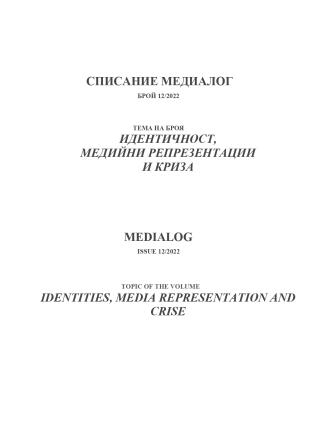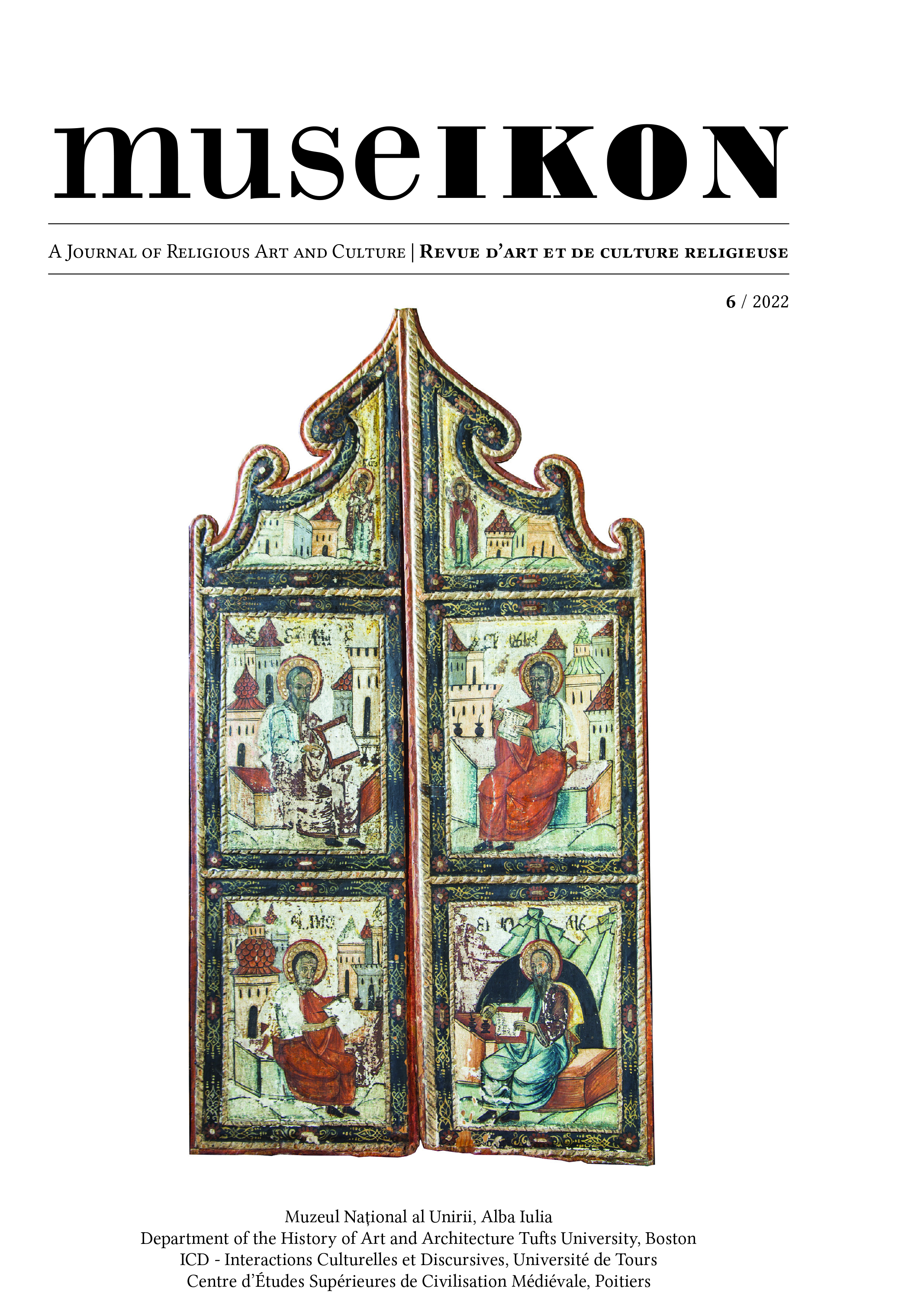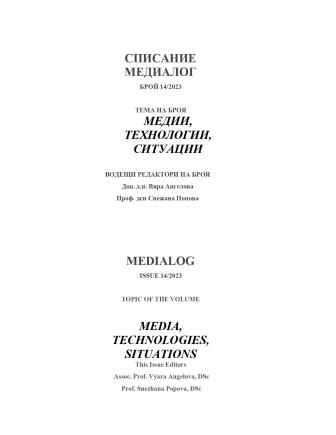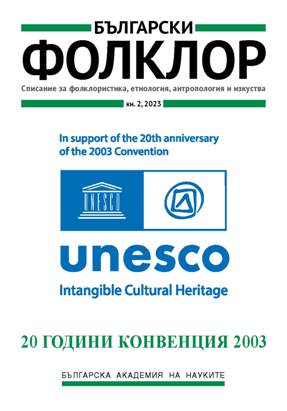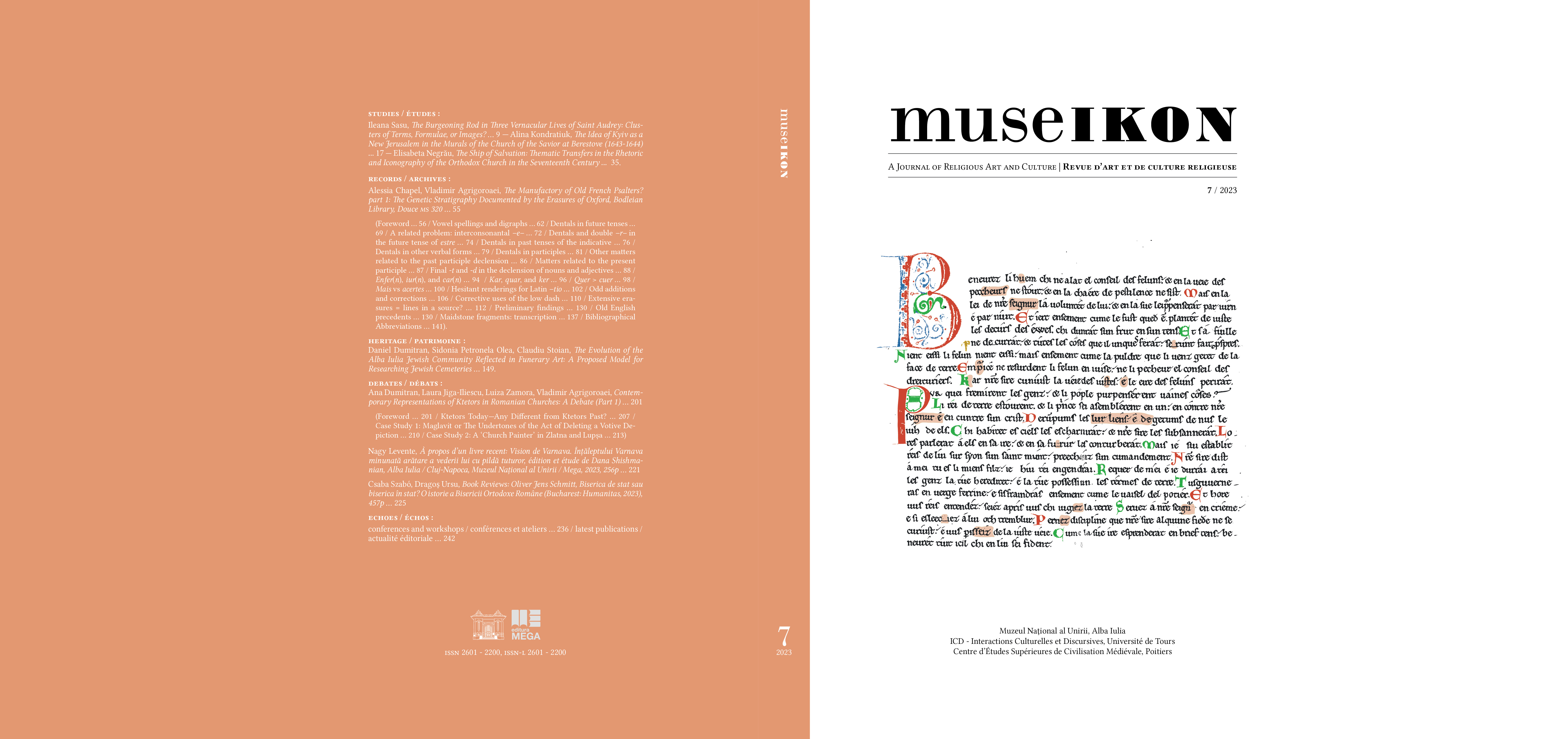Author(s): Nikola Piperski / Language(s): English
Issue: 6/2022
Au xviiie siècle, des peintres ukrainiens et serbes formés à l’école d’art de la Laure de Kyïv-Petchersk ont inauguré le processus de changement de la peinture religieuse serbe qui, dans la région administrée par le siège métropolitain de Karlovci, est passée d’un style ‘traditionnel’ (ou ‘manière post-byzantine’) à un style plus ‘occidental’ (‘baroque’). À première vue, il pourrait sembler inhabituel que les influences occidentales décisives pour la peinture serbe du xviiie siècle ne soient pas arrivées directement de l’Occident – à savoir de Vienne, l’un des principaux centres de l’art baroque européen et capitale de l’empire dont le territoire englobait le métropolitain de Karlovci -, mais de l’espace artistique ukrainien, déjà ‘occidentalisé’ par les courants venus de la Laure de Kyïv-Petchersk. Vers le milieu du xviiie siècle, cette Laure de Kyïv-Petchersk et son Académie de théologie étaient devenus des soutiens religieux solides et fiables pour l’Orthodoxie, sous la protection politique du tsar de Russie, et promouvaient la science théologique, peut-être la plus forte de la sphère orthodoxe de l’époque. En conséquence, l’Académie de théologie de Kyïv avait commencé à occuper une place de plus en plus importante dans la topographie chrétienne de l’Europe de l’Est. Cette école accueillait des étudiants de toute l’Ukraine et de la Russie, mais aussi des Biélorusses, des Polonais, des Lituaniens et des Serbes. Au xviiie siècle, sur une période de trente ans, 28 Serbes ont reçu une éducation à l’Académie de théologie de Kyïv. De même, au milieu du xviiie siècle, des missionnaires de Kiev rejoignent la communauté de Karlovci, sur invitation des dignitaires de l’Église serbe, en apportent avec eux une aide spirituelle indispensable. L’arrivée dans la commu-nauté de Karlovci des premiers enseignants, peintres, livres et icônes en provenance de Kiev, est marquée aussi par l’arrivée de certains modèles politiques russes. Dans les rangs des intellectuels, plusieurs peintres serbes ont été formés à Kyïv, dont les principaux représentants de la première vague d’européanisation dans la peinture serbe: Dimitrije Bačević et Stefan Tenecki. Le moment décisif pour l’ouverture de la peinture serbe à la peinture kyïvienne occidentalisée s’est produit grâce à l’initiative du patriarche Arsenije iv Jovanović Šakabenta (1725-1748). En effet, en 1743, ce patriarche avait officiellement interdit, dans une lettre circulaire, le travail de tous les soi-disant peintres d’icônes inexpérimentés et non éduqués qui travaillaient à l’ancienne. C’est à cette époque qu’il avait fait appelé à sa cour l’Ukrainien Jov Vasilijevič (vers 1700-après 1760), un maître qui allait donner une nouvelle forme aux courants de l’art serbe. La lettre mentionnée du patriarche Šakabenta indique que les peintres serbes de Karlovci pouvaient apprendre le métier auprès de son peintre de cour autour duquel, semblerait-il, s’était formé la première école de peinture jamais fondée dans le milieu culturel serbe. À travers cette école, le maître Jov Vasilijevič et ses collaborateurs allaient exercer une influence décisive sur toute la génération des peintres (civiques) serbes – ainsi qu’en témoigne l’abandon de l’ancienne manière. L’in-fluence culturelle et artistique ukrainienne dans le siège métropolitain de Karlovci a perduré des années 1720 aux années 1760. Durant cette période, tous les éléments occidentaux ont, sans doute, dû être soumis à la super-vision des théologiens orthodoxes orientaux de Kyïv. Dans la seconde moitié du xviiie siècle, plus précisément à partir de la huitième décennie, les liens culturels et spirituels ukrainiens-serbes ont commencé à s’affaiblir en raison du déclin des liens politiques russes-serbes. Avec le déclin de la sphère artistique de Kyïv, les modèles artistiques et culturels en provenance directe de Vienne se sont alors renforcés. À partir de cette époque, c’est l’Académie de Vienne qui était destinée à former les peintres serbes, apportant dans leur pays des éléments occidentaux et le style de la peinture autrichienne.
More...
